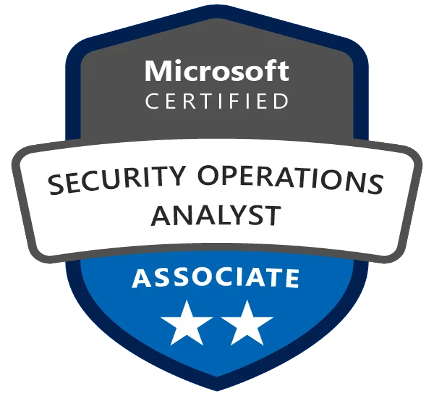Mastering PCI DSS Compliance: Best Practices for Protecting Cardholder Data
- Manpreet Singh
- Apr 19, 2024
- 3 min read
Updated: May 3, 2024
The Payment Card Industry Data Security Standard (PCI DSS) is a comprehensive framework designed to secure payment card transactions and protect sensitive cardholder data. For businesses that handle credit card information, adhering to PCI DSS is not just a regulatory requirement but a crucial step in safeguarding customer trust. In this blog, we'll explore essential best practices to help organizations master PCI DSS compliance and elevate their security posture.

Understanding PCI DSS Requirements: Before diving into best practices, it's essential to have a clear understanding of the twelve PCI DSS requirements. These include maintaining a secure network, protecting cardholder data, implementing strong access control measures, regularly monitoring and testing networks, and maintaining an information security policy. Familiarizing yourself with these requirements lays the foundation for effective compliance.
Scope Reduction: Minimizing the scope of your cardholder data environment (CDE) is a key strategy in PCI DSS compliance. Identify and segment systems that process cardholder data to reduce the number of systems subject to the standard. This not only simplifies compliance efforts but also enhances overall security by isolating sensitive data.
Encryption Everywhere: Implement robust encryption protocols for both data in transit and data at rest. This ensures that even if unauthorized access occurs, the data remains unreadable and unusable. Utilize strong encryption algorithms and regularly update cryptographic mechanisms to stay ahead of evolving threats.
Secure Access Controls: Implement stringent access controls to restrict access to cardholder data based on job responsibilities. Regularly review and update access privileges, ensuring that only authorized personnel have access to sensitive information. Multi-factor authentication adds an additional layer of security, mitigating the risk of unauthorized access.
Regular Security Assessments and Penetration Testing: Conduct regular security assessments and penetration tests to identify vulnerabilities and weaknesses in your systems. This proactive approach helps address potential issues before they can be exploited by malicious actors. Regularly scheduled tests and assessments are integral to maintaining a resilient security posture.
Incident Response and Monitoring: Develop and maintain a robust incident response plan to promptly address and mitigate security incidents. Implement continuous monitoring mechanisms to detect and respond to anomalous activities in real-time. Timely identification and response are critical in minimizing the impact of a security breach.
Employee Training and Awareness: 1. Human error is a common factor in security incidents. Provide comprehensive training to employees regarding security policies, procedures, and the importance of safeguarding cardholder data. A security-aware workforce is an organization's first line of defense against potential threats.
Regularly Update and Patch Systems: Keep all systems and software up to date with the latest security patches. Regularly review and apply updates to address known vulnerabilities and enhance the overall security of your environment. Automated patch management tools can streamline this process and ensure timely updates.
Document Policies and Procedures: 1. Maintain clear and comprehensive documentation of security policies and procedures. This documentation not only aids in compliance audits but also serves as a reference for employees, ensuring consistent adherence to security measures across the organization.
Engage Qualified Security Assessors (QSAs): When in doubt, seek the expertise of Qualified Security Assessors (QSAs) for independent evaluations of your PCI DSS compliance. QSAs bring a wealth of experience and insights to help organizations navigate the complexities of the standard and ensure thorough adherence.
Conclusion: PCI DSS compliance is not just a checkbox but a continuous commitment to securing cardholder data. By adopting these best practices, organizations can not only meet regulatory requirements but also strengthen their overall cybersecurity posture. Remember, the key to success lies in a proactive and holistic approach to security, ensuring that your systems, processes, and people are aligned to protect the integrity and confidentiality of payment card information.




Comments